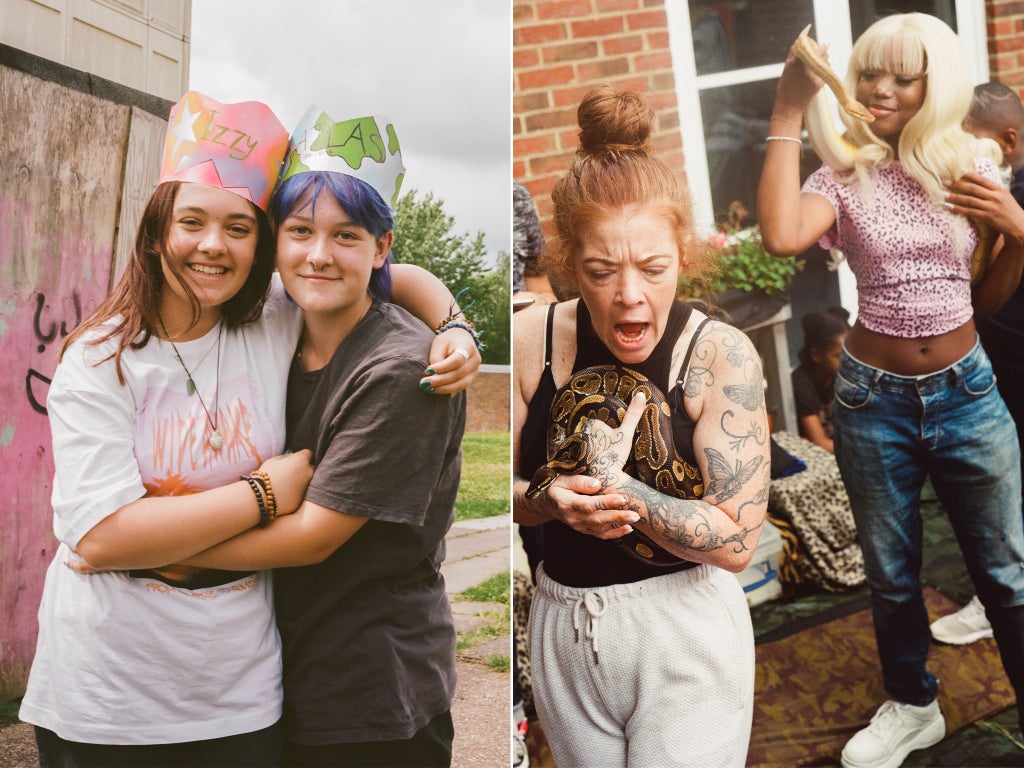
How do you create a sense of community and belonging for children in a council estate destined for demolition?
This is the question that charity My Yard was determined to answer by preserving the youthful and happy spirit of the community through a new photography collection Grange Farm Book, with photographs taken by a group of 10- to 16-year-olds using disposable cameras.
Grange Farm council estate in London’s South Harrow has been changed beyond recognition for those who lived in the 282 properties there.
Harrow Council has demolished the expensive-to-heat fibreglass-built flats and replaced them with new homes, with many non-secure housing residents being moved on.


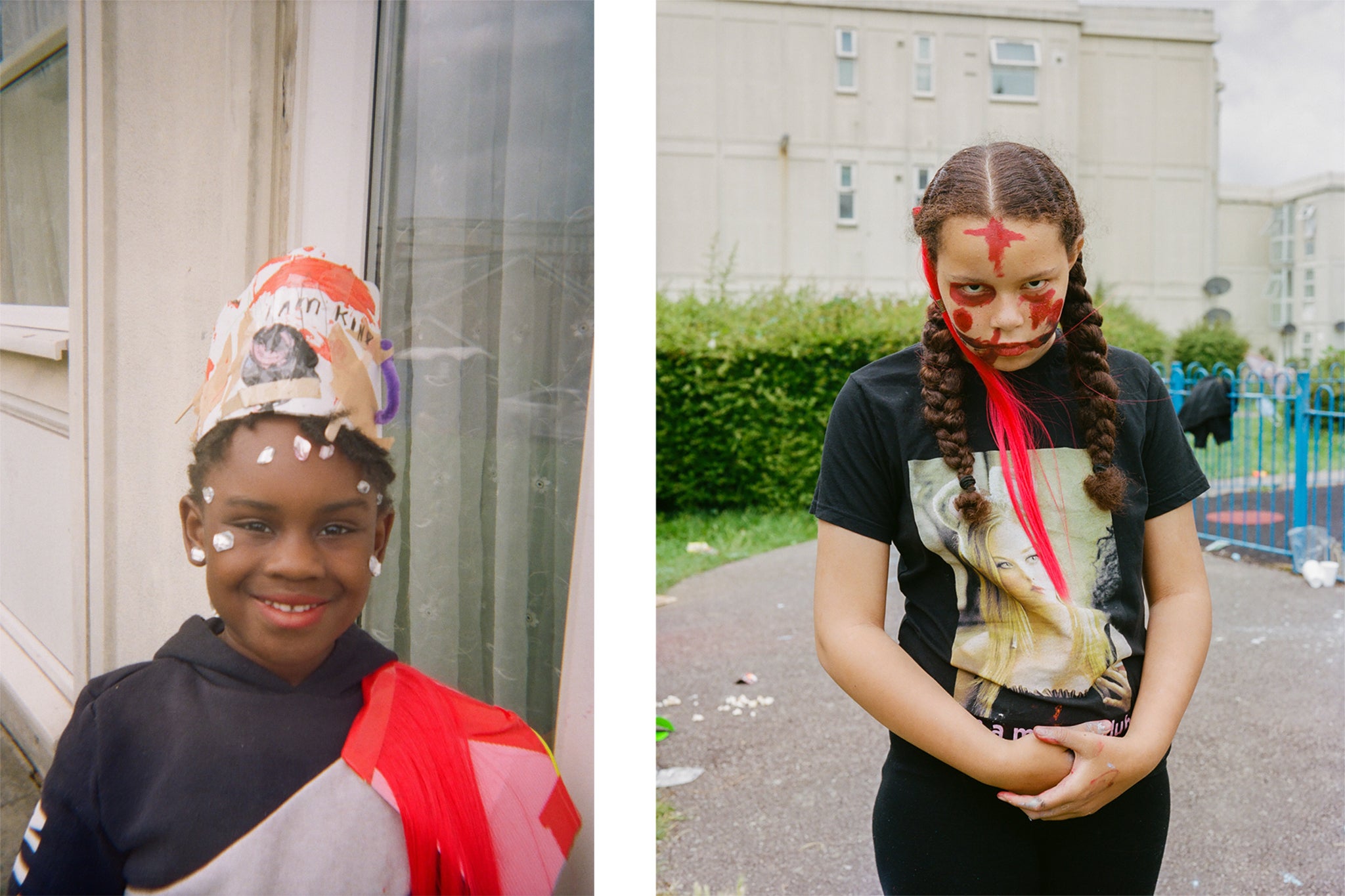
“By the time this book has reached your hands the estate as we know it has been knocked down and regenerated, most people moved on and many of this community separated,” explains My Yard founder Rachel Dimond.
“The core of this community came together as non-secure tenants through a common denominator of trauma. Many moved in knowing no one, flats were falling to disrepair pending demolition.”
“The talk of drugs and violence wasn’t just rumours but experienced by many. Initially, I was told we couldn’t hold teen activities on Grange Farm due to the risk of ‘gang violence’ when we began working there. Three years later, we had 130 young people – some from surrounding areas – to participate in our summer camp.”
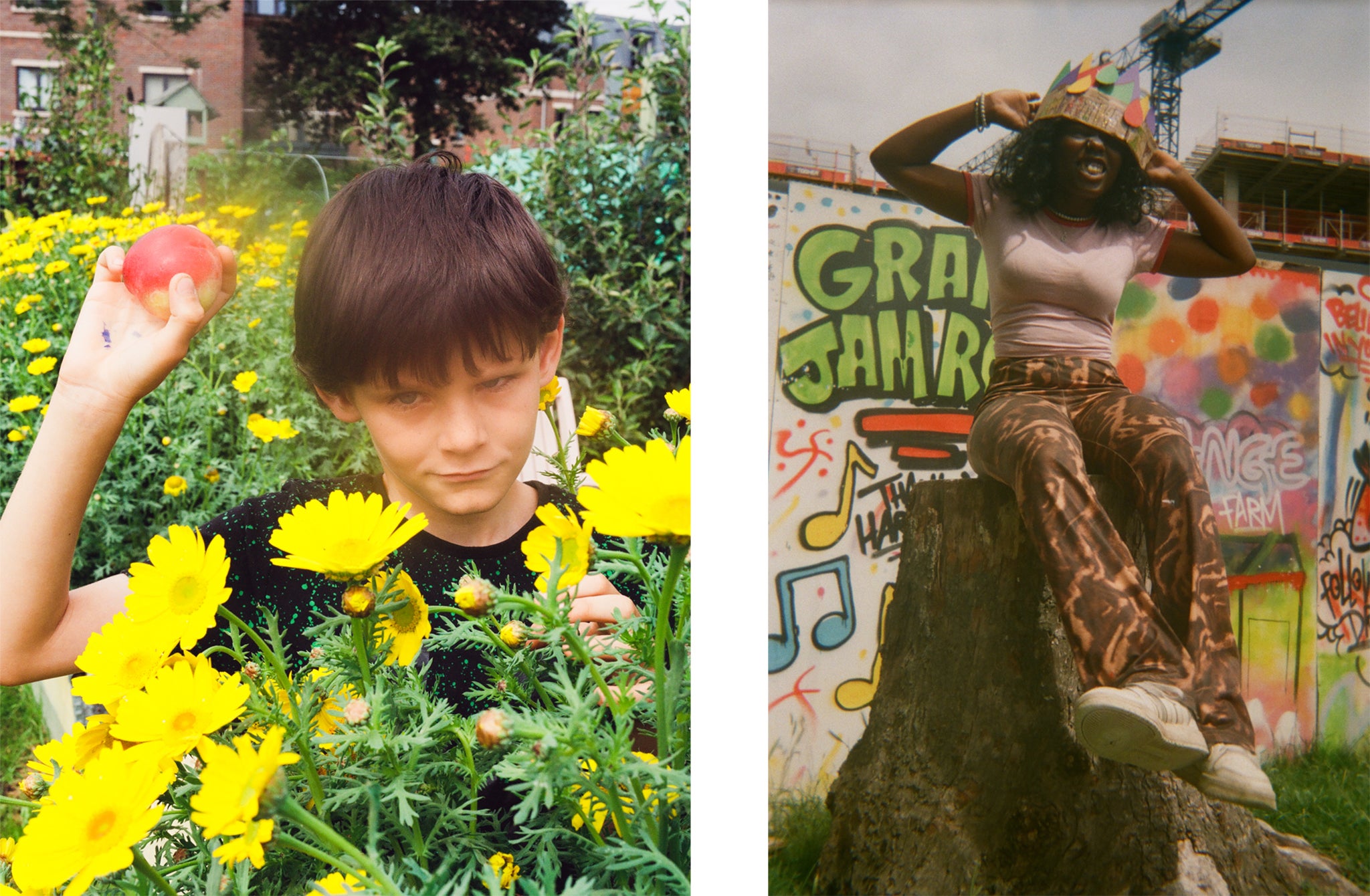

My Yard charity, which originally ran schemes such as bringing surplus food to the estate, started a project called Changemakers, which sought to bring people together and encourage community spirit.
Through weekly food markets with the surplus food, the organisers began to put on more events such as barbecues, swimming lessons, art workshops, gardening tutorials and circus trick classes.
“When you don’t have a proper home,” Dimond says, “every positive friendly face builds a support system for our children of the future.”
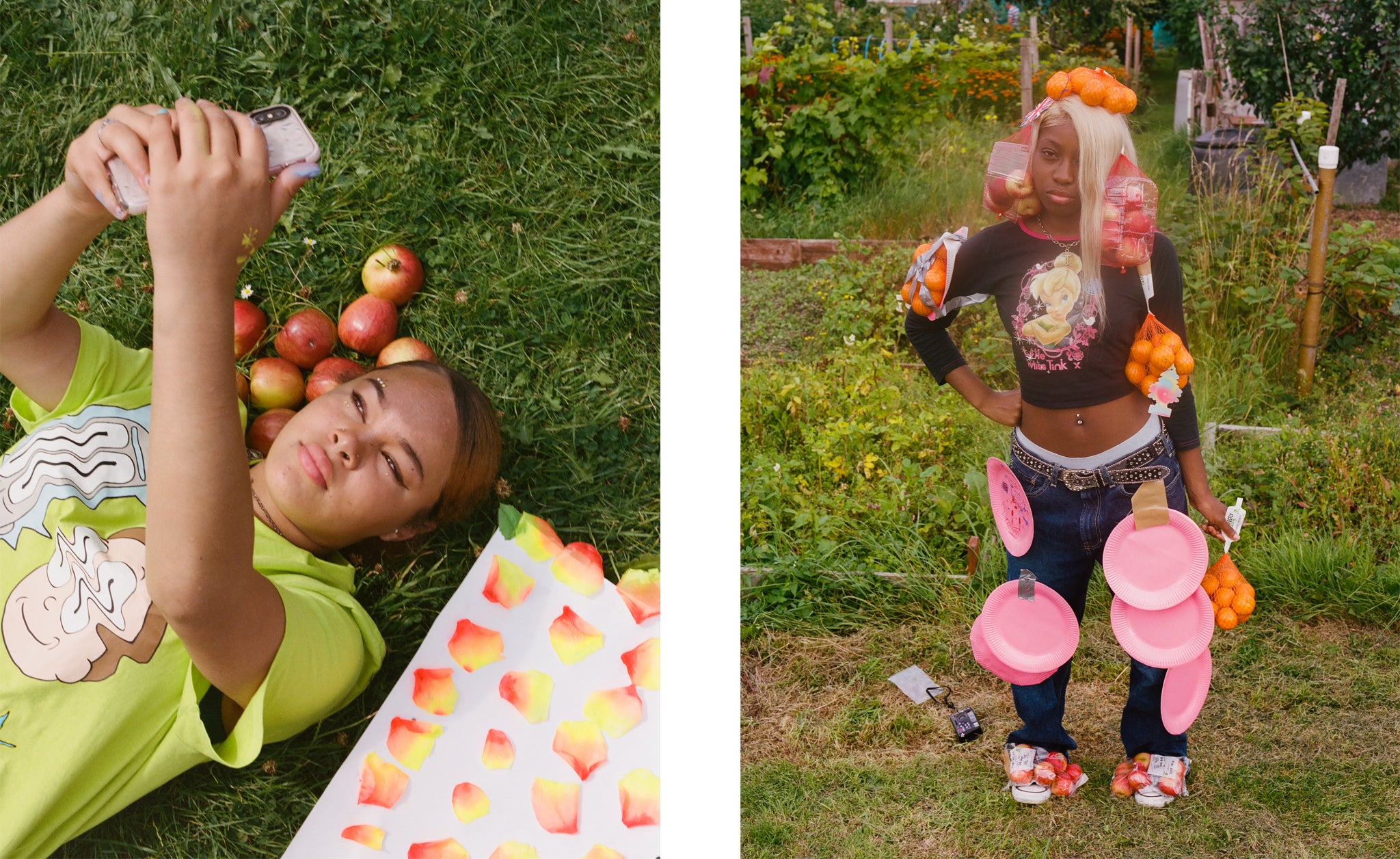
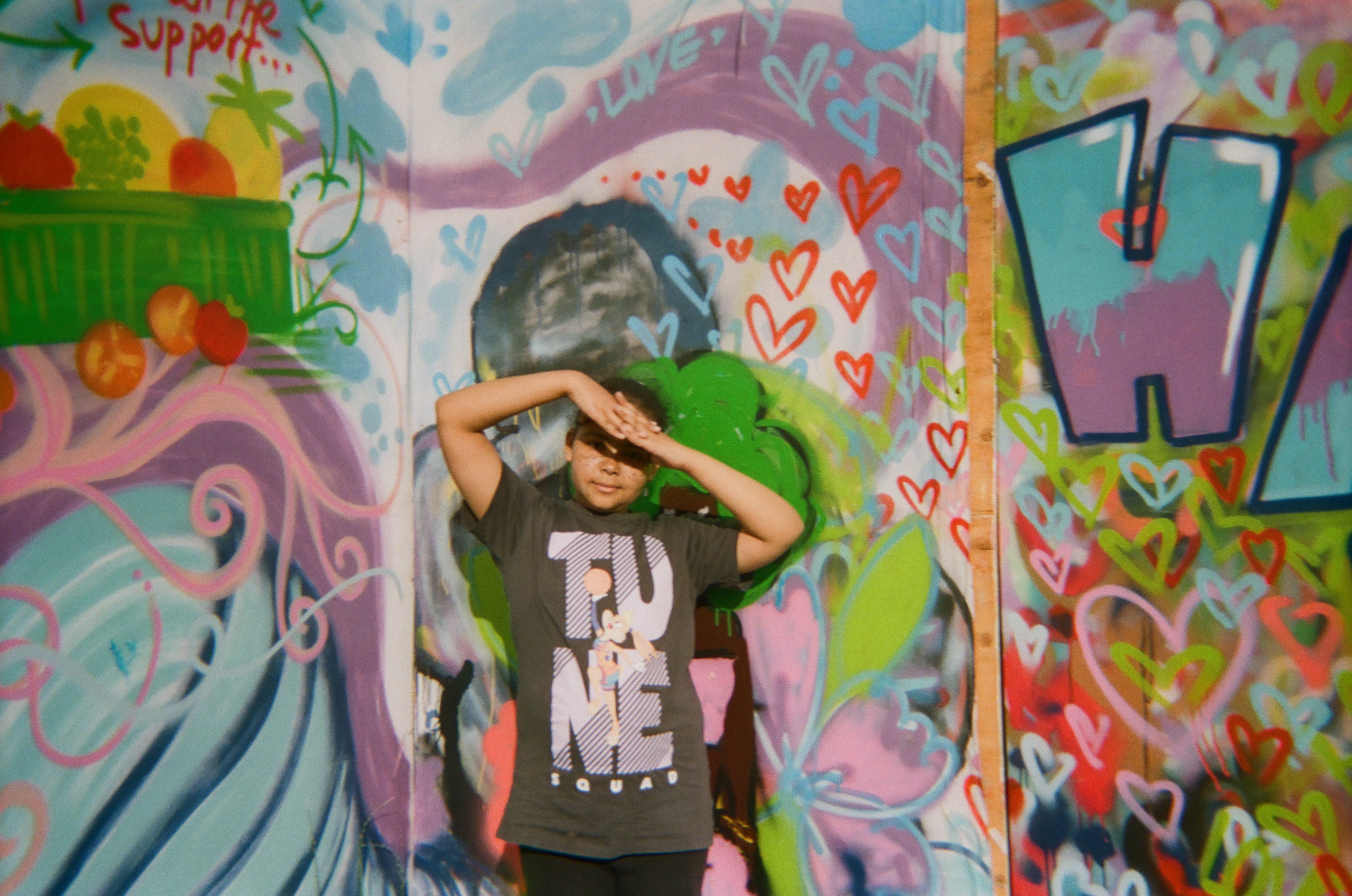
Henry Gorse, a photographer who helped put on photography and creative workshops for the children, explains that the project was about encouraging creativity using a DIY approach using a variety of up-cycled materials.
“The idea is about giving the young people a platform to express themselves and tell their own stories,” Gorse explains.
“Traditionally, a documentary photographer will come into a community and tell a story through their lens with little connection to who they are photographing. I think this project highlights the idea of ‘passing the microphone’ and emphasising the idea of let’s see what we can make together; this is how you achieve it.”

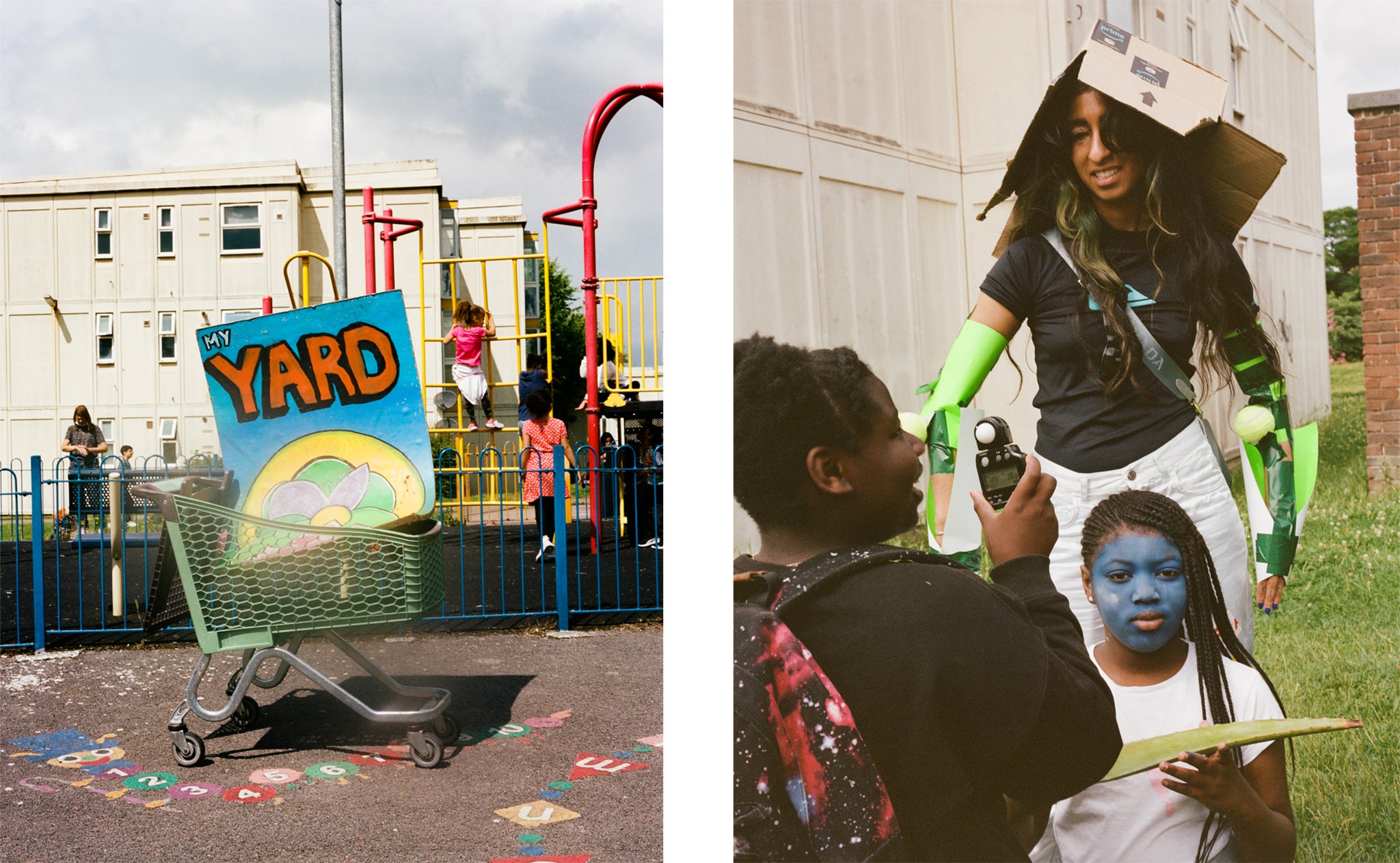
Dimond reflected how the new book has helped increase opportunities and confidence within the group. She adds that creating and publishing the book has also created an even stronger sense of pride of their estate, community and self.
“Just from the photo book a photography company got in touch and invited us to send three teens on paid work experience this half term,” Dimond explains.
“We have also managed to sell enough to book a minibus to go to the seaside for Easter. So it’s been so special to show the community they are more than a foodbank story.”


“This is the story of the young people of Grange Farm, their creation and their legacy. Made by them, for them.”
She adds: “I personally see the book as a validation of the community and their talent and tenacity.”
“It also shows me that you don’t have to be perfect or have a big plan to be there for others – we can’t change the world but we can be present and be kind.”
‘Grange Farm Book’ is available here. You can also follow the Changemakers and My Yard projects







